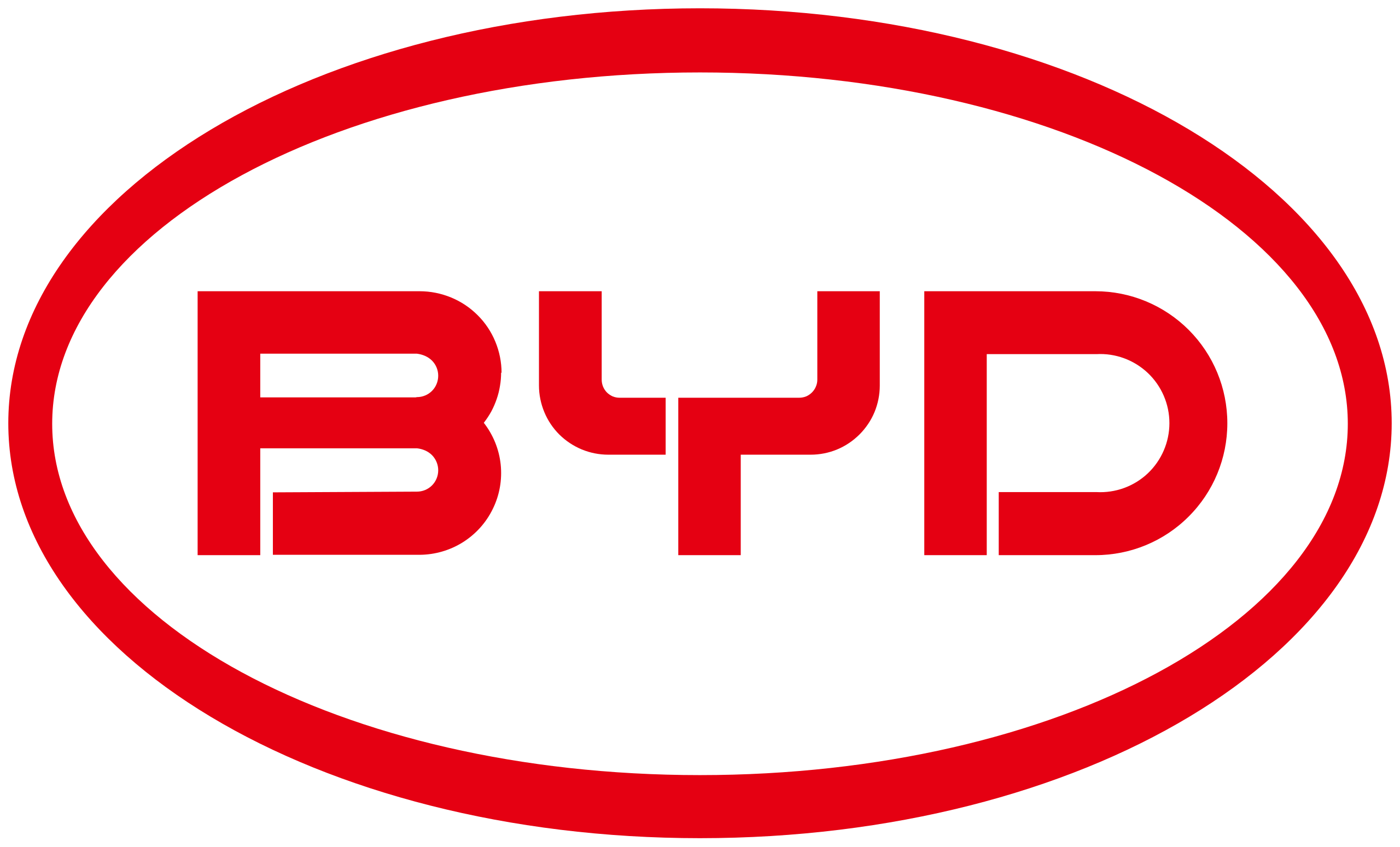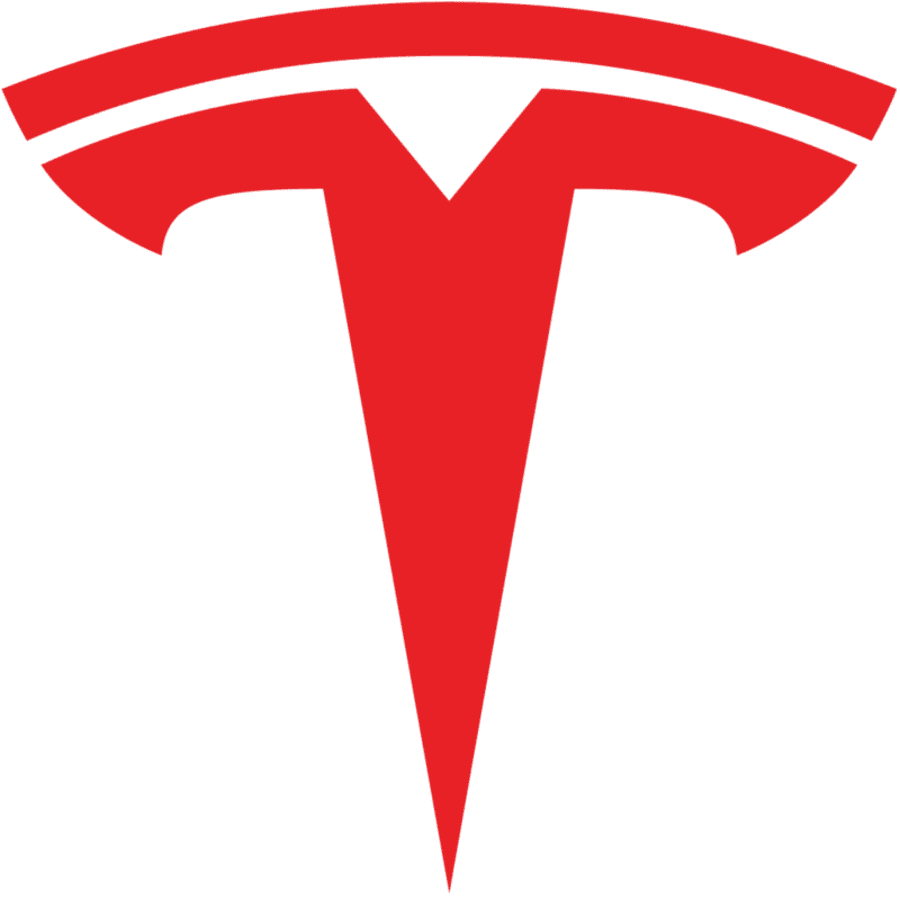Comprehensive Data Analysis
Deep dive into EV sales data, market trends, and performance metrics
Market Leading Brands






Market Overview
This interactive analysis sets the stage for comparing electric vehicle (EV) markets in China and the United States—the two global leaders in scale and influence. The contrasts in market size, pricing strategies, and consumer adoption reveal distinct pathways to electrification, which are examined in detail through the data and tables that follow.
Global Context
China accounts for over 60% of global EV sales, while the U.S. contributes roughly 8%. Together, they shape the trajectory of global mobility—China through mass accessibility and the U.S. through premium-focused innovation.
Market Dynamics
China's EV sales surpass 11 million units annually, compared to 1.3 million in the U.S.—an 8.5:1 ratio. This scale advantage reflects China's aggressive policy push and broad offering of affordable options.
Price Philosophy
Average EV prices in China ($15,000-$25,000) are less than half those in the U.S. ($45,000–$55,000), underscoring different strategic approaches and consumer expectations in each market.
Consumer Adoption
EVs represent more than 35% of new car sales in China versus just 7% in the U.S. These adoption curves—shaped by pricing, infrastructure, and cultural readiness—will be further illustrated in the comparative data below.
Export vs. Domestic Focus
China is becoming a global EV exporter, shipping millions of units to Europe, Southeast Asia, and beyond. In contrast, the U.S. market remains largely domestically focused, with exports playing a smaller role.
Technology & Innovation
The U.S. leads in autonomous driving, software ecosystems, and premium EV performance, while China dominates in battery technology, supply chains, and manufacturing efficiency. These complementary strengths define the innovation race in the EV sector.
China: Over 11 million EVs sold (35% market penetration)
U.S.: ~1.3 million EVs sold (7% market penetration)
Price Gap: 2-3x difference in average vehicle cost
Global EV Sales Market Explore→
Global EV adoption has accelerated over the past decade, with China, Europe, and the U.S. leading the charge. The table below highlights regional sales growth from 2018 to 2024, showing how each market has contributed to the industry's rapid expansion.
| Region | 2018 | 2019 | 2020 | 2021 | 2022 | 2023 | 2024 |
|---|---|---|---|---|---|---|---|
| CN OEM | 0.60M | 0.80M | 1.20M | 3.00M | 5.50M | 7.50M | 9.00M |
| EU OEM | 0.60M | 0.80M | 1.00M | 1.20M | 2.20M | 2.40M | 3.00M |
| US OEM | 0.20M | 0.25M | 0.35M | 0.80M | 1.50M | 2.00M | 2.50M |
| JP OEM | 0.08M | 0.10M | 0.15M | 0.25M | 0.35M | 0.40M | 0.45M |
| KR OEM | 0.08M | 0.10M | 0.15M | 0.25M | 0.35M | 0.40M | 0.45M |
Top EV Models Comparison - China vs U.S. Markets
Click on brand names for detailed analysis. Hover over ANY CELL in a row for highlighting. Click column headers for definitions.
| Brand/Model | Market | Market Share (%) | Annual Sales (Units) | Price Range (USD) | Vehicle Type |
|---|---|---|---|---|---|
| Tesla Model Y | U.S. | 25.8% | 336,000 | $47,740 - $56,630 | Compact SUV |
| BYD Seagull | China | 18.5% | 2,035,000 | $9,698 - $12,145 | Compact Car |
| Tesla Model 3 | U.S. | 15.2% | 198,000 | $38,990 - $50,990 | Mid-size Sedan |
| BYD Qin Plus | China | 14.2% | 1,562,000 | $13,500 - $18,200 | Compact Sedan |
| Chevrolet Equinox EV | U.S. | 6.8% | 88,500 | $34,995 - $43,295 | Compact SUV |
| Wuling Hongguang Mini | China | 6.5% | 715,000 | $4,200 - $5,600 | Mini Car |
| Ford Mustang Mach-E | U.S. | 3.9% | 51,000 | $48,100 - $63,500 | Mid-size SUV |
| Li Auto L9 | China | 3.7% | 407,000 | $48,900 - $52,400 | Full-size SUV |
| Ford F-150 Lightning | U.S. | 2.5% | 33,150 | $49,995 - $76,995 | Full-size Pickup |
| NIO ES6 | China | 2.1% | 231,000 | $46,500 - $58,200 | Mid-size SUV |
| Hyundai IONIQ 5 | U.S. | 1.8% | 24,500 | $41,245 - $56,395 | Mid-size SUV |
| XPeng P7 | China | 1.6% | 176,000 | $32,100 - $42,800 | Mid-size Sedan |
Sales Volume Analysis
BYD Seagull leads with 2M+ units demonstrating China's mass-market approach versus Tesla's premium positioning in the US.
Price Point Strategy
Chinese models average $10,000-$15,000 while US models command $35,000-$55,000, reflecting different consumer priorities.
Vehicle Type Preference
US market favors SUVs and trucks while China dominates with compact cars optimized for urban environments.
Market Overview Comparison - China vs United States
Key market metrics comparing the two largest EV markets globally. Click on metrics for detailed explanations.
| Market Metric | China (2024) | United States (2024) | Ratio (China/U.S.) | Market Implications |
|---|---|---|---|---|
| Total EV Sales (Units) | 11,000,000+ | 1,300,000 | 8.5:1 | China's massive scale advantage drives global leadership |
| EV Market Penetration | 35%+ of auto sales | 7% of auto sales | 5.0:1 | China leads in consumer adoption rates |
| Average EV Price (USD) | $15,000-25,000 | $45,000-55,000 | 0.4:1 | Price gap is key adoption driver |
| Global EV Market Share | 60%+ | 8% | 7.5:1 | China dominates global production and sales |
| Leading EV Brands | BYD, Tesla, Li Auto, NIO | Tesla, GM, Ford, Hyundai | N/A | Mix of domestic and international competition |
| Primary Market Strategy | Mass market accessibility | Premium feature differentiation | N/A | Fundamentally different market approaches |
EV Technology Preference Analysis - BEV vs PHEV Trends
Quarterly comparison showing market preference for Battery Electric Vehicles vs Plug-in Hybrids
| Quarter | Market | BEV Sales | PHEV Sales | Total EV Sales | BEV Preference % | BEV Growth Trend |
|---|---|---|---|---|---|---|
| Q1 2024 | China | 2,200,000 | 520,000 | 2,720,000 | 81% | +12% |
| Q1 2024 | U.S. | 268,000 | 88,000 | 356,000 | 75% | +8% |
| Q2 2024 | China | 2,650,000 | 470,000 | 3,120,000 | 85% | +20% |
| Q2 2024 | U.S. | 295,000 | 95,000 | 390,000 | 76% | +10% |
| Q3 2024 | China | 2,980,000 | 420,000 | 3,400,000 | 88% | +12% |
| Q3 2024 | U.S. | 322,000 | 98,000 | 420,000 | 77% | +9% |
| Q4 2024 | China | 3,170,000 | 380,000 | 3,550,000 | 89% | +6% |
| Q4 2024 | U.S. | 341,000 | 103,000 | 444,000 | 77% | +6% |
Key Technology Insights
Both markets show strong preference for BEVs over PHEVs, with China accelerating toward 89% BEV adoption while the US maintains a steady 77%. This reflects China's confidence in charging infrastructure and battery technology, while US consumers maintain interest in PHEVs as a transitional technology.
China EV Sales Market Explore→
China remains the core driver of global EV growth, with domestic brands and international players competing for market share. The table below compares sales performance across major manufacturers, offering insights into market leaders, trends, and emerging challengers.
| Brand | January 2025 Sales | November 2024 Sales | Monthly Change (%) | 2024 YTD Total | Market Position | Vehicle Type Focus |
|---|---|---|---|---|---|---|
| BYD Leader | 296,446 | 504,003 | -42% | 3,718,281 | Market Leader | BEV + PHEV |
| Geely | 121,071 | 122,453 | -1% | 862,933 | Premium Tier | Mixed Portfolio |
| Tesla | 88,321 | 82,927 | +6% | 657,102 | Premium BEV | Pure BEV |
| SAIC-GM-Wuling | 42,500 | 48,200 | -12% | 647,047 | Mass Market | Mini EV |
| Chery | 38,900 | 41,200 | -6% | 520,000 | Traditional OEM | Mixed Portfolio |
| Li Auto New | 25,400 | 48,740 | -48% | 500,508 | Extended Range | EREV Focus |
| SAIC Passenger Vehicle | 32,100 | 35,800 | -10% | 485,000 | Traditional + EV | Mixed Portfolio |
| Changan | 35,200 | 38,900 | -10% | 450,000 | Traditional OEM | Mixed Portfolio |
| GAC Aion | 28,800 | 32,150 | -10% | 370,000 | Premium EV | Pure BEV |
| Leapmotor | 22,500 | 25,400 | -11% | 280,000 | Smart EV | Pure BEV |
| Ideal (Li Auto Legacy) | 18,900 | 21,200 | -11% | 248,000 | Premium EREV | Extended Range |
| Xpeng New | 30,350 | 30,895 | -2% | 190,500 | Smart EV | Pure BEV |
| NIO | 13,863 | 15,493 | -11% | 190,832 | Premium Service | Battery Swap |
| Xiaomi New | 28,500 | 22,050 | +29% | 185,000 | New Entrant | Smart BEV |
| Zeekr | 12,800 | 18,200 | -30% | 165,000 | Luxury EV | Premium BEV |
| Deep Blue | 15,200 | 17,800 | -15% | 158,000 | Changan Premium | BEV + EREV |
| Avatr | 8,500 | 9,200 | -8% | 125,000 | Emerging | Premium BEV |
| Hongqi | 11,200 | 12,800 | -12% | 118,000 | Luxury Brand | Mixed Portfolio |
| Lynk & Co | 9,800 | 11,400 | -14% | 112,000 | Geely Premium | Mixed Portfolio |
| AITO (Huawei) | 8,200 | 10,600 | -23% | 108,000 | Smart Premium | EREV + BEV |
| Volkswagen ID | 6,200 | 8,500 | -27% | 95,000 | International | Pure BEV |
| JAC | 7,500 | 8,900 | -16% | 88,000 | Commercial + EV | Mixed Portfolio |
| BYD Yangwang | 5,800 | 6,200 | -6% | 72,000 | Ultra-Luxury | Premium BEV |
| Geometry | 4,200 | 5,100 | -18% | 65,000 | Geely EV | Pure BEV |
Market Leadership
BYD dominates with 3.7M units annually, representing 31.4% market share through dual BEV/PHEV strategy.
Emerging Players
Xiaomi shows +29% growth as tech companies enter EV space, disrupting traditional automotive hierarchy.
Seasonal Patterns
January shows typical post-holiday decline across most brands, with -42% for BYD reflecting normal seasonality.